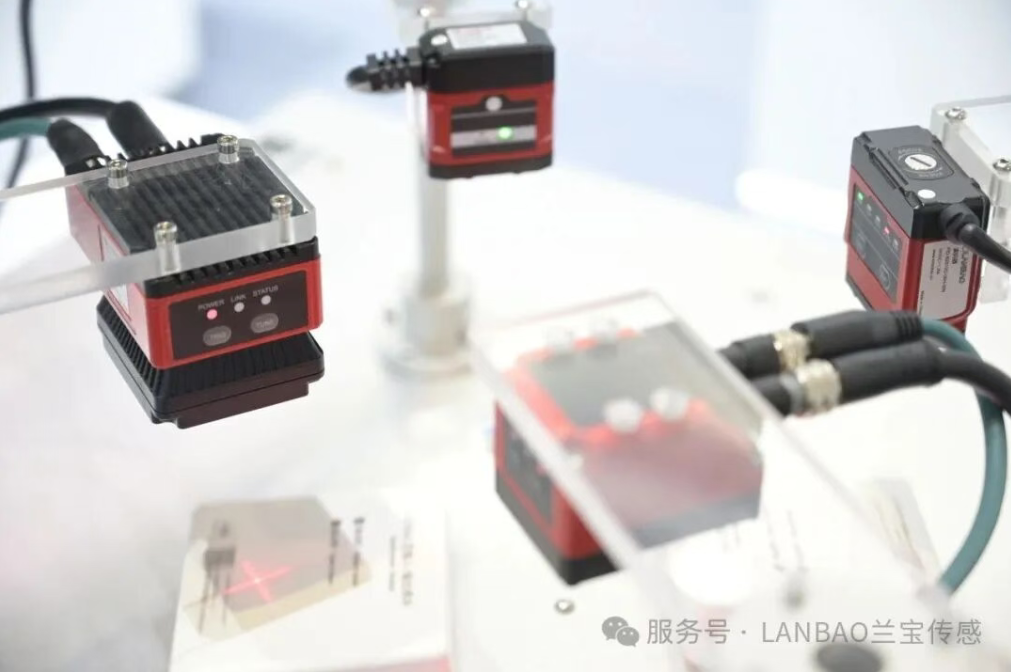As a core component of automated processes, industrial code readers play a crucial role in product quality inspection, logistics tracking, and warehouse management, among other links. However, in practical applications, enterprises often encounter challenges such as unstable code reading, barcode wear and tear, equipment compatibility, and cost issues. Today, the editor will take you to deeply analyze the causes of these problems and provide targeted solutions to help enterprises improve production efficiency, reduce failure rates, and thereby achieve higher economic benefits.
Tip:The use of industrial code readers requires you to disassemble the code reader regularly, clean the lens module and lighting components, which can effectively prevent image blurring caused by dust accumulation!
Tip:In high-wear conditions of barcodes, it is recommended to use industrial-grade thermal transfer printers in combination with polyester-based labels, as their chemical resistance is more than five times higher than that of traditional paper labels.
Tip:When purchasing a code reader, choose a suitable model based on your actual needs to avoid waste caused by excessive functions.

Tip:When users are using a code reader to read codes, they need to ensure that there are no obstacles between the code reader and the barcode, maintain a direct viewing Angle, and thereby improve the reading efficiency.
◆ Ultra-fast recognition: Up to 90 yards per second, no pressure for conveyor belt code passing;
◆ High resolution: Precise reading of barcodes/QR codes, fearless of damage/dirt;
◆ Free hands: Automatic focusing + multi-angle grasping, workers no longer need to adjust manually.
With the evolution of Industry 4.0, code readers will deeply integrate edge computing and artificial intelligence technologies, further enhancing the intelligence level of manufacturing and helping enterprises build flexible production systems.
Post time: Sep-10-2025

